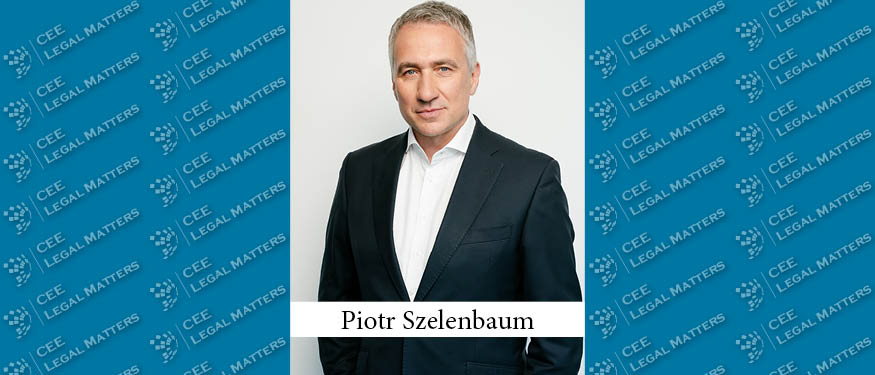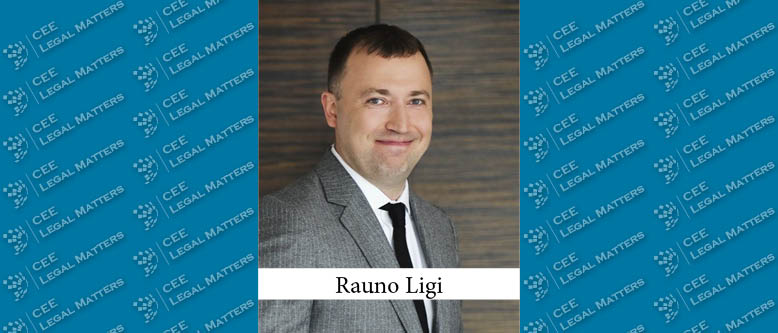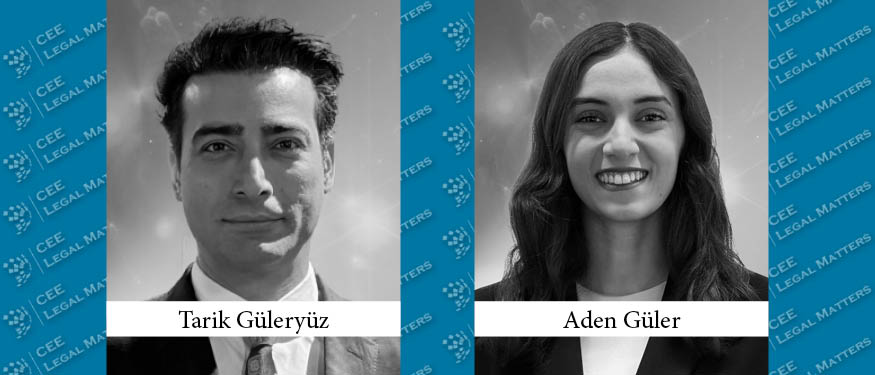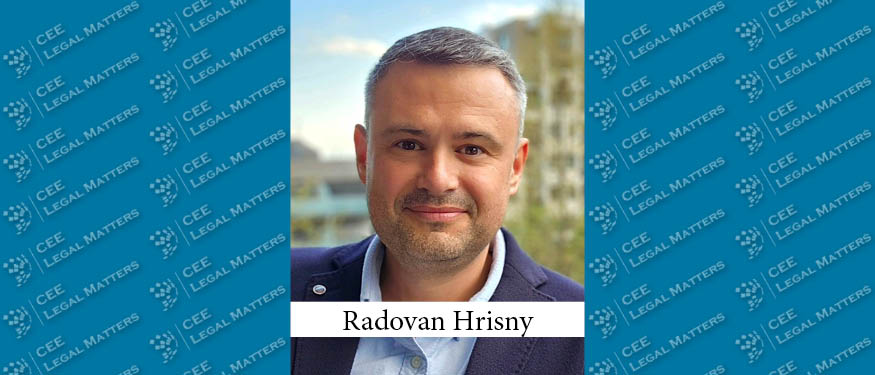The world is undergoing a digital transformation. Whether at work, play or socialising, it is hard to imagine even a day without the Internet. Recent challenges (eg, the covid-19 pandemic) have further accelerated digitalisation. The world is far from the end of this process. Many businesses, and countries, are increasingly focusing on the digital transformation. Recent examples include cloud computing, cryptocurrency or the "metaverse" which was recently announced by Mark Zuckerberg.
For the analogue world to keep up with the rapidly developing virtual world, an expansion of the technical infrastructure is required. Therefore, it is no wonder that the data centre market is booming. Centrally located countries like Austria are becoming more popular for large international tech companies because of their comparatively low environmental risks, good connections and high standards for data protection and data security. European countries welcome this rapid development because it promises economic growth, new jobs and a faster transition to a digitalised society.
This article provides a short overview of the permitting requirements for the construction of data centres in Austria and the environmental concerns therein.
Permitting requirements of data centres
Prior to the initiation of the permitting procedure itself, the first crucial step when it comes to constructing a data centre is finding:
- a suitable location; and
- an ideal structure in terms of size, components and other technical parameters.
Both the location and the structure can affect the data centre's eligibility for approval. During the planning phase, project applicants should be sure that the correct zoning is declared in the zoning regulation and the development plan, which depend on the respective municipality. Also, the proximity to nature conservations and other protected areas play an important role in permitting procedures.
Before filing for project approval, an important question that every applicant must ask is whether the construction of a data centre falls under the Environmental Impact Assessment (EIA) regime.1 Although data centres are not yet listed in the annex of the EIA Act, other aspects and plant components, such as groundwater extraction, clearings or energy supply facilities, may fulfil the criteria. Therefore, it is particularly important to define the project parameters carefully. If the EIA regime applies, the applicant can expect an extensive procedure with detailed document requirements and many interest groups. On the other hand, the EIA regime provides for a one-stop-shop procedure and no further permits will be required.
If the EIA regime is not applicable, it needs to be determined which permits under what (other) material laws on the state and provincial levels must be obtained for the construction and operation of the data centre. According to the principle of accumulation, several permits may have to be obtained from various authorities. Usually, the implementation of a data centre requires the following permits.
Building permit
A building permit for the construction of the data centre must be obtained. Each of the nine Austrian provinces has its own Building Code, which may lead to significant differences in the permitting prerequisites depending on the location of the data centre. Decisive issues may include compliance with the relevant zoning and development plans, as well as the conservation of the local townscape.
Operating licence
The second requirement is usually an operating licence under the Austrian Trade Act. An operating facility is "any locally tied facility for the operation of a business". A permit is required if the emissions produced by the operating facility can affect neighbours or the environment. In the case of data centres, typical emissions include noise, exhaust air and waste water. To incentivise digitalisation, the Austrian legal system provides for an exemption from the obligation to obtain a permit for operating facilities for electronic data processing (ie, data centres) in which there are no combustion plants or in which combustion engines are kept exclusively for emergency power supply.
However, this exemption does not apply if the data centre falls under the Integrated Pollution Prevention and Control (IPPC)2 or Seveso3 regimes. This may be the case if it includes large emergency power generators (which are more than 50 megawatts) and/or large fuel storage facilities (which usually hold more than five tonnes of fuel) for the operation of emergency power generators. Since electricity supply plays a central role in the operation of data centres (power failures must be avoided at all costs), the exemption from an operating licence requirement will usually not apply to large data centres with a correspondingly large emergency power supply. On the contrary, data centres with large emergency combustion plants may be required to fulfil further permitting prerequisites. Depending on the capacity of the installation, the applicability of the IPPC and EIA regimes as well as the Emission Certificate Act (and thus participation in the EU Emission Trading Scheme) must be considered.
Water Act permit
Servers are usually cooled with water. Depending on the particular use, treatment and return of the cooling water in the specific data centre, its implementation will usually require a permit under the Water Act. However, in individual cases this permit may be included in the operating licence under the Trade Act.
In special cases, other permits may also be required for certain measures or plant components of data centres, for instance under:
- the Electrical Engineering Act;
- the Aviation Act;
- the Road Traffic Act; or
- the relevant province's Nature Conservation Act.
Further procedural challenges
Once the applicable permitting regime is determined, further challenges await. Since many Austrian authorities have only limited experience in permitting large data centres, every permitting procedure requires thorough preparation. To avoid lengthy and expensive additional demands or misunderstandings by the authority and its experts, the filed documentation must comply with all legal and technical requirements applicable in the specific case. Ideally, a flawless filing of documentation can more than make up for the lack of experience from authorities.
In addition, there are usually various interest groups involved in the respective permitting procedures. Although data centres are generally perceived positively in Austria, objections from neighbours or citizens' initiatives can be expected in many of the necessary procedures. Further, if the environment could be broadly affected, environmental organisations can intervene and even contest the authority's decisions. To avoid objections, key parties may be informed beforehand about the project, its characteristics and possible concerns.
Good communication with the relevant parties and authorities is crucial after the filing. For example, oral procedures under different laws (eg, the Building Code and the Trade Act) can often be consolidated by coordination between the competent authorities. Objections during the oral procedure can be avoided through continuous contact with the relevant parties (and eventually, minor adaptions to the project).
Comment
While permitting procedures can be needlessly long and in some cases even take years, accurate filing documentation, timely communication measures and perfectly executed procedure(s) may keep their duration in check.
Therefore, while the legal framework has a reputation for being extremely complex and allowing only for slow (and costly) permitting procedures, thorough preparation and coordination can help large data centre projects find their way through the permitting jungle.
Endnotes
1 The EIA Act is currently undergoing a review. According to information, the EIA requirements for industrial projects on greenfield sites will be even stricter in the future. Whether data centres will also underly the EIA regime in the future remains to be seen.
2 See EU Directive 2010/75 of the European Parliament and of the Council of 24 November 2010 on industrial emissions (integrated pollution prevention and control), OJL 334, 12 December 2010, pp 17–119.
3 See EU Directive 2012/18 of the European Parliament and of the Council of 4 July 2012 on the control of major accident hazards involving dangerous substances, OJL 197, 24 July 2012, pp 1–37.
By Christoph Cudlik, Attorney at Law, and Sarah Wolf, Associate, Schoenherr
















